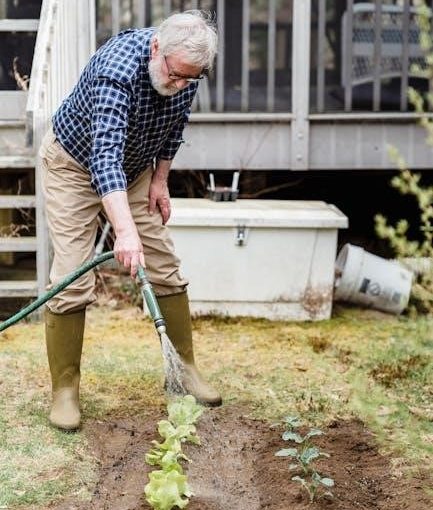DIY hose guides are simple, cost-effective solutions to protect plants from damage caused by garden hoses. Made from materials like copper, PVC, or recycled items, they offer customizable designs that blend functionality with style, providing an affordable and durable alternative to store-bought options while keeping your garden organized and safe.
What Are Hose Guides?
Hose guides are simple devices designed to protect plants from damage caused by garden hoses. Typically made from durable materials like copper, PVC, or recycled items, they feature a hook or stake that keeps the hose elevated and directed away from vulnerable plants. These guides are placed along garden beds or paths, ensuring the hose moves smoothly without crushing vegetation. They are affordable, easy to install, and customizable to fit various garden styles, making them a practical solution for gardeners seeking to maintain both functionality and aesthetics in their outdoor spaces.
Why DIY Hose Guides Are a Great Solution for Gardeners
DIY hose guides are an excellent solution for gardeners seeking budget-friendly, customizable, and effective plant protection. They prevent hoses from damaging delicate plants while allowing for personal style through creative materials. Unlike store-bought options, DIY guides offer affordability, adaptability, and durability, making them ideal for gardeners of all skill levels. With minimal materials and effort, gardeners can create functional and decorative guides tailored to their garden’s unique needs, ensuring both practicality and aesthetic appeal without the high costs or limitations of commercial products.
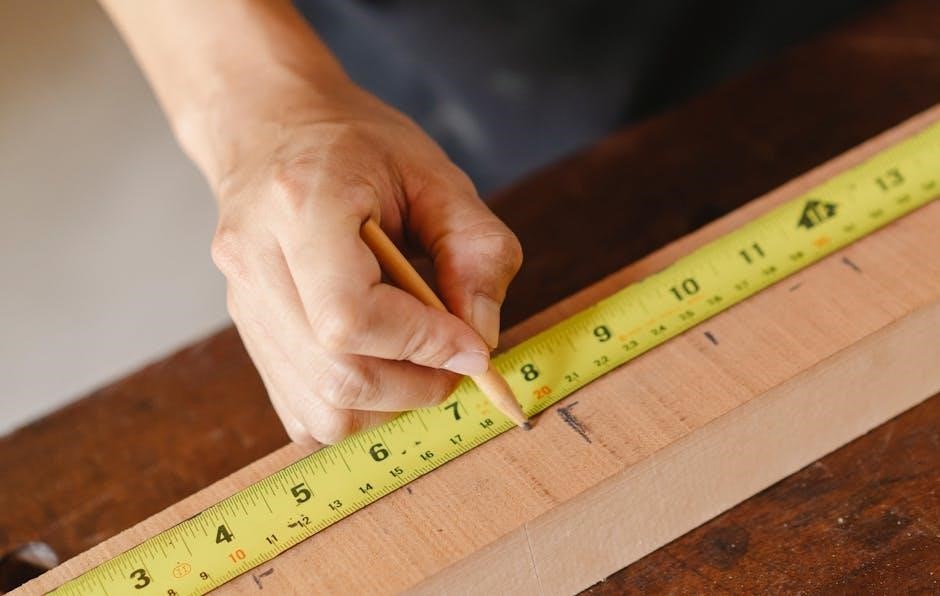
Benefits of DIY Hose Guides
DIY hose guides offer cost savings, better plant protection, and customizable designs. They are durable, eco-friendly when using recycled materials, and provide a practical solution to garden hose management.
Cost-Effective Alternative to Store-Bought Options
DIY hose guides are a budget-friendly solution, offering significant savings compared to store-bought options. By using materials like copper pipes, PVC, or recycled items, you can create durable guides for a fraction of the cost. This method allows you to avoid pricey retail products while achieving the same functionality. With basic tools and simple assembly, homemade hose guides provide an eco-friendly and economical way to protect your plants and organize your garden. This approach is perfect for gardeners seeking affordable and practical solutions.
Better Plant Protection
DIY hose guides provide exceptional plant protection by keeping garden hoses elevated and organized, preventing them from rolling over or crushing delicate plants. The elevated design ensures hoses stay above ground level, reducing friction and potential damage to flowers, vegetables, and shrubs. This simple yet effective solution is particularly beneficial for raised garden beds and areas with sensitive foliage, offering long-lasting protection for your garden’s fragile areas while maintaining a tidy and functional outdoor space.
Customizable Designs
DIY hose guides allow for endless creativity, enabling gardeners to tailor their designs to suit any garden style. From sleek copper pipes to vibrant PVC creations, materials can be chosen to match or complement outdoor decor. Decorative elements like vintage door knobs, recycled items, or painted finishes add a personal touch. This customization ensures functionality while enhancing the aesthetic appeal of your garden, making each hose guide a unique and practical addition to your outdoor space.
Materials Needed for DIY Hose Guides
Enhance your DIY hose guides with decorative elements like vintage door knobs, recycled materials, or colorful paint. Adding these personal touches transforms functional guides into stylish garden features. Use spray paint or acrylics for vibrant hues, then seal with polyurethane to protect against the elements. Decorative elements allow you to customize the look of your hose guides, blending them seamlessly with your garden’s aesthetic while maintaining their practical purpose of protecting plants and organizing hoses effectively.
Copper Pipe and Fittings
Copper pipe and fittings are popular for DIY hose guides due to their durability and classic appearance. A 5-foot length of 1/2-inch copper pipe can yield three 20-inch guides. Copper is corrosion-resistant, ensuring longevity. To assemble, cut the pipe into desired lengths and attach fittings like caps or elbows for stability. Copper pipe is easy to work with and provides a sleek, timeless look for your garden. It’s an ideal material for creating sturdy, weather-resistant hose guides that protect plants while adding a touch of elegance to your outdoor space.
PVC Pipe and Recycled Materials
PVC pipe and recycled materials offer an affordable and eco-friendly alternative for DIY hose guides. PVC is lightweight, weather-resistant, and easy to clean, making it ideal for outdoor use. Recycled items like old plastic bottles, cardboard tubes, or metal rods can be repurposed to create unique and functional designs. This approach not only reduces waste but also allows for creativity and customization. By combining PVC pipe with recycled materials, you can craft durable hose guides that protect your plants while supporting sustainability and adding a personal touch to your garden.
Decorative Elements
Decorative elements can elevate your DIY hose guides from functional to fashionable. Consider adding vintage door knobs, which serve as both functional hooks and eye-catching accents. Recycled items like old curtain rods or decorative finials can also add unique charm. Painting your hose guides in vibrant colors or metallic finishes ensures they complement your garden’s aesthetic. Sealing with outdoor-friendly materials protects the design while maintaining durability. These creative touches allow you to personalize your garden, blending practicality with style and making your DIY project truly one-of-a-kind.
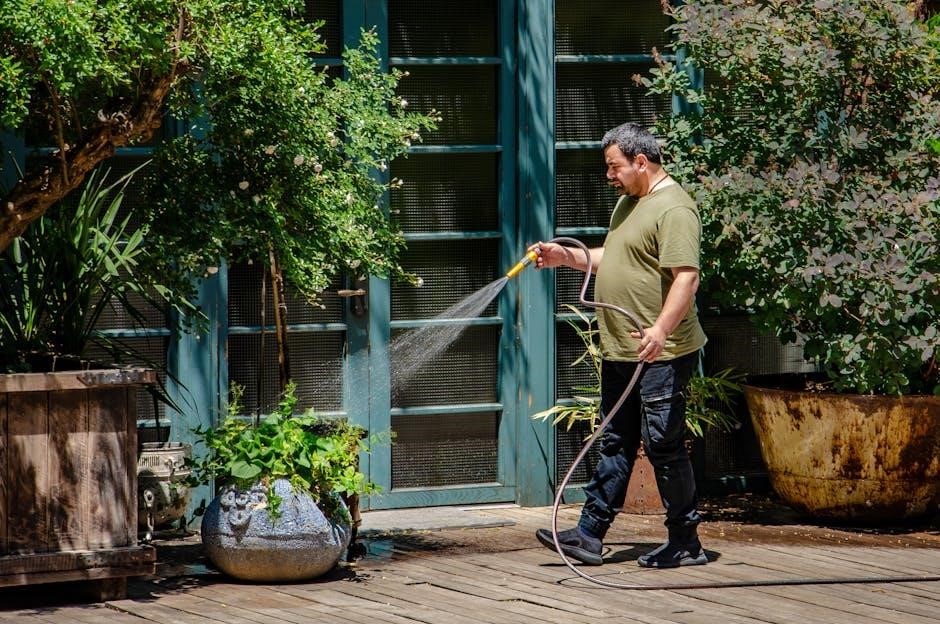
Step-by-Step Guide to Making Hose Guides
Start by designing your hose guide, then cut and assemble materials like copper or PVC pipes. Finally, seal and protect your creation for durability and weather resistance.
Designing Your Hose Guide
Start by sketching your design, considering your garden’s style and functionality. Choose materials like copper, PVC, or recycled items for durability and aesthetics. Ensure the guide’s height and width accommodate your hose while protecting plants. Consider adding decorative elements like vintage knobs or paint for a personalized look. Balance practicality with creativity, ensuring the design is sturdy yet visually appealing. Measure your garden paths to determine the optimal placement and spacing for each guide. This step sets the foundation for a functional and stylish DIY project.
Cutting and Assembling the Materials
Cut your materials to the desired length using a pipe cutter or saw. For copper pipes, aim for 18-20 inches per guide. Attach end caps or fittings to create a sturdy base; If using PVC, pre-drill holes for stakes to secure the guide in the ground. Assemble all pieces, ensuring a snug fit for the hose. Use adhesive or screws for added stability. Sand rough edges for safety and durability. This step ensures your guide is functional and ready for installation in your garden.
Sealing and Protecting the Hose Guide
Apply a protective sealant like polyurethane or waterproof paint to shield your hose guide from weather and wear. Start by lightly sanding the surface for better adhesion. Once dry, spray or brush on the sealant, ensuring full coverage. Allow it to cure completely before installing. For added durability, apply a second coat. If desired, paint the guide with outdoor-safe colors and finish with a clear sealant to protect the paint. This step ensures your DIY hose guide withstands outdoor conditions and remains functional for years.
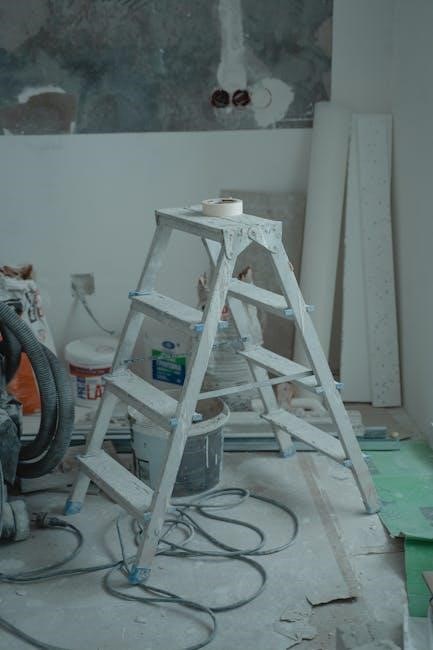
Decorative Ideas for Hose Guides
Add a personal touch with vintage door knobs, recycled materials, or colorful paints. Use spray paint or acrylics for vibrant colors, then seal with polyurethane for outdoor durability. Creative designs enhance garden aesthetics while protecting plants, making your hose guides both functional and visually appealing. Incorporate unique elements like inverted wine bottles or decorative finials for a personalized look that complements your garden style.
Using Vintage Door Knobs
Vintage door knobs add a charming, unique touch to DIY hose guides. Simply attach the knobs to sturdy stakes or metal rods and place them in the ground. This creative upcycling idea not only provides a functional hook for your hose but also adds a decorative element to your garden. The knobs’ intricate designs and classic look enhance the overall aesthetic, making your hose guides stand out. This budget-friendly method allows you to repurpose old materials while adding personality to your outdoor space. It’s a perfect blend of functionality and style.
Incorporating Recycled Items
Recycled materials like leftover PVC pipes, broken beaded belts, ping pong balls, and wooden candle cups can be creatively repurposed into unique hose guides. For example, PVC pipes can be cut into stakes, while ping pong balls can be painted and attached to create colorful markers. Old latex paint can add a decorative finish. This eco-friendly approach not only reduces waste but also adds a personal touch to your garden. It’s a budget-friendly way to create functional and visually appealing hose guides that reflect your creativity and commitment to sustainability.
Painting and Sealing for Outdoor Use
Painting and sealing your DIY hose guides is essential for outdoor durability. Start with a spray primer to ensure better paint adhesion and rust resistance. Use acrylic craft paints or spray paint in your desired colors for a decorative finish. Finally, apply a clear outdoor sealant, such as polyurethane, to protect the paint and materials from weathering. This process ensures your hose guides withstand UV exposure, moisture, and wear while maintaining their vibrant appearance and functionality throughout the seasons.
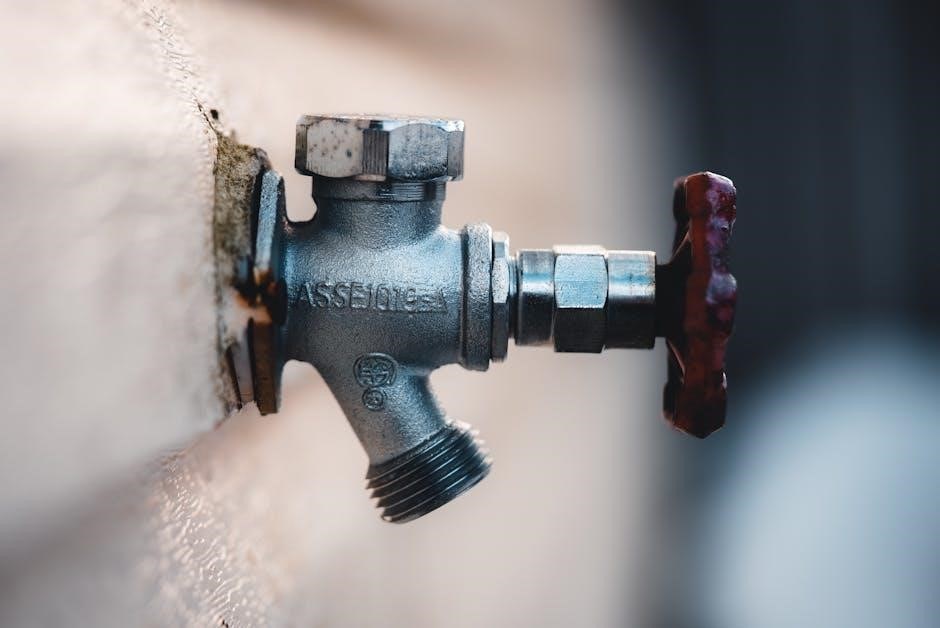
DIY vs Store-Bought Hose Guides
DIY hose guides offer a budget-friendly, customizable solution, while store-bought options provide convenience but can be costly. DIY guides often last longer and are tailored to specific needs, making them a practical choice for gardeners seeking durability and personalization without extra expenses.
Comparing Costs
DIY hose guides are significantly more cost-effective than store-bought options. Materials like copper pipe or PVC cost a fraction of pre-made guides, with DIY versions often priced under $10 each. Store-bought guides can range from $10 to $30 or more, depending on quality and design. For gardeners needing multiple guides, DIY projects save money while offering customization. Additionally, DIY guides are often durable and long-lasting, reducing long-term expenses. This makes them a practical choice for budget-conscious gardeners seeking affordable yet reliable solutions.
Durability and Longevity
DIY hose guides are surprisingly durable and long-lasting when made from high-quality materials like copper or PVC. Copper pipe, for instance, resists corrosion and withstands outdoor conditions effectively, lasting for years. PVC options are equally resilient and require minimal maintenance. Many DIY guides remain functional for over three years with proper sealing and protection. While store-bought guides may offer similar durability, DIY versions often provide better customization, ensuring a perfect fit for your garden’s needs. This combination of longevity and adaptability makes DIY hose guides a practical, long-term solution for gardeners.
DIY hose guides offer a practical, cost-effective solution for gardeners, providing plant protection and garden organization while allowing for creative customization and the satisfaction of handmade functionality.
Final Thoughts on DIY Hose Guides
DIY hose guides are a practical and creative solution for gardeners seeking to protect plants while adding a personal touch to their garden. They offer a cost-effective alternative to store-bought options, allowing for customization and durability. With materials like copper, PVC, or recycled items, these guides are not only functional but also environmentally friendly. Many gardeners have found DIY hose guides to be long-lasting, with some lasting over three years. Making your own hose guides can be a fun and rewarding project, enhancing your garden’s organization and aesthetics while keeping your plants safe from damage.
